Meet Anubhav Nath, the director of Ojas Art and co-founder of the Ramchander Nath Foundation. Anubhav’s journey in the arts began with his education at the University of Southern California, followed by a course in Marketing of the Visual Arts at the Sotheby’s Institute of Art in London. His foundation is dedicated to restoring and promoting the arts while providing unique platforms for artists. Anubhav is also known for his insightful coverage of contemporary Indian art and his innovative curatorial projects working with marginalised societies, prison inmates, public art projects and the indigenous arts.
Here’s the Interview between the Maybach Foundation (MF) and Anubhav Nath (AN):
MF: How has your partnership with the Maybach Foundation influenced your work and vision for Ojas Art and the Ramchander Nath Foundation?
AN: My partnership with MF has shaped my work in a big way. In 2007, MF hosted the Photography mentorship project at World Trade Center, New York. RNF’s nominee Vicky Roy, a rehabilitated street child was among the four protegees to be finally selected. Six months in New York were life-changing for Vicky and the opportunities he got thereafter were life changing.
I had also just started out in the arts, for me, it was a big learning as it gave me immense faith in the power of mentorship and also reaffirmed by belief in the social power of the arts. A lot of my future project choices were made based on this learning.
MF: „Expressions of Tihar“ is a unique and impactful project. What led you to curate an exhibition based on the experiences of artists visiting Tihar Jail?
AN: One of my first projects, this was a three year long engagement with prison inmates. On retrospect, I did a major outsider art project without really knowing the term back then!
RNF was approached to do some welfare work in the prisons and we started this project as a simple art therapy project. As the word got around, there was a snowball-effect, in a good way and we were approached by mainstream artists who wanted to interact and possibly mentor the prison inmates. the panopticon experience.
The project culminated in a joint show between inmate artists and contemporary artists and became the highest fundraiser for the Tihar Jail Welfare Fund ever. Also, on completing their term three inmates became full-time artists in their hometowns painting billboards and signages.
MF: Mentorship is a core aspect of the Maybach Foundation. Can you talk about the mentors who have influenced your career and how they have shaped your approach to the arts?
AN: I have immense faith in the power of mentorship. In college I signed up for a mentorship program and after all these years continue to be in touch with my mentor! At various points in my career I have had some very accomplished people guiding and hand-holding.
A mentor who has been a constant in my art journey is Sanjoy Roy of Teamwork Arts. He is the producer of multiple art and culture festivals including the Jaipur Literature Festival (JLF), the largest literature festival in the world. JLF is hosted in eight cities across three continents and has an outreach to millions.
I was a curatorial fellow Museum of Fine Arts, Houston, where my mentor-curator Christine Starkman really helped me navigate and understand the American museum system, which I knew very little off.
MF: How do you incorporate mentorship into your work with artists at Ojas Art and the Ramchander Nath Foundation?
AN: RNF continues to work silently with marginalised communities –Baalak Trust (SBT) in Delhi, where Vicky Roy grew up focuses on runaway and working children. We have a foothold there and are working with children.
Through Ojas Art, we have been working with under-represented Indian indigenous artists and mentor them to help progress their work and careers. We have been able to get them better opportunities, exhibitions and even placements of their works in major American museums like the Art Institute of Chicago and the Philadelphia Museum of Arts.
MF: Your background includes education at the University of Southern California and the Sotheby’s Institute of Art. How have these experiences influenced your career in the arts?
AN: I started working in 2004, and the following decade has been crucial in India’s development and progress. Undoubtedly, my BBA at USC helped prepare me to be a part of this progress. The Sotheby’s Institute of Art equipped me with direct knowledge and experience in managing and marketing of the visual arts, my chosen category of work.
MF: Vintage automobiles are one of your passions. How do you balance this interest with your work in the art world?
AN: Vintage motor cars was my grandfather’s passion — I am directly responsible for the upkeep of the collection. For me, personally, the legacy is not just about the cars but also about him – the person his beliefs and values. It is important for me to preserve and extend the same. RNF is established in his name and has helped in streamlining the process immensely.
MF: Can you discuss a project or initiative you’ve led that aligns with the Maybach Foundation’s mission of inspiring and mentoring the next generation?
AN: To reach out to and recognise excellence in art by indigenous communities we have the annual Ojas Art Award. The award recognises and master artist and protégé artist from the same genre. Through the year we work closely with both with a special focus on the protégé artists as they require more hand-holding but at the same time have great potential to be changemakers and subsequently influencers for their respective communities.
Over the years we have had a number of protégé artists and I would like to mention Mayur & Tushar Vayeda who come from the Warli Tribe in western India. The Vayedas were as protégé awardees and ever since there has been no looking back for them. They have been invited to prestigious international art events in Europe and Japan, book projects, institutional shows, etc.
Another artist, Roshni Vyam from the Gond tribe was recognised in 2015 and she too has made a mark on the international stage. It was a matter of great pride, when I recently attended an opening for a year-long exhibition at the Spore Initiative in Berlin, with their artworks in focus.
MF: How do you see the role of art in social change, especially in the context of your work with Tihar Jail and disadvantaged children?
AN: Art has a bigger social good is a firm belief. The arts have the power to help heal, nurture and grow. I have seen art bring about an unparalleled change in communities by providing an economic independence and sustainability to the most marginalised. Also the self respect it provides is unparalleled, closely observed in the case of Tihar Jail inmates and graduates from SBT.
MF: What advice would you give to young professionals looking to make a difference in the arts and philanthropy sectors?
AN: Art and philanthropy are soft subjects with unparalleled potential but long gestation periods. It takes a while before change becomes apparent. First thing, one needs to inculcate great patience. Secondly, a long-term vision is essential. More-often-than-not it is an uphill slippery slope – let your heart overrule your brain. And yes, lots of deep breathing!
MF: Looking ahead, what are your aspirations for your continued collaboration with the Maybach Foundation and the future projects you envision together?
AN: As I said at the onset of this interview, Maybach Foundation’s WTC project happened very early on in my career and made me a firm believer of mentorship. A lot of my future projects and work choices are reflective of this strong belief.
I am constantly sharing ideas with friends at Maybach Foundation. It has been a while since we worked on something together. We discussed some ideas on my recent visit to the Maybach Center in Friedrichshafen.
Our work together in the future will continue to harness the unsaid power of the arts. The focus will be on elements that help communities recognize mutual positivity and aid in making the world less divisive.
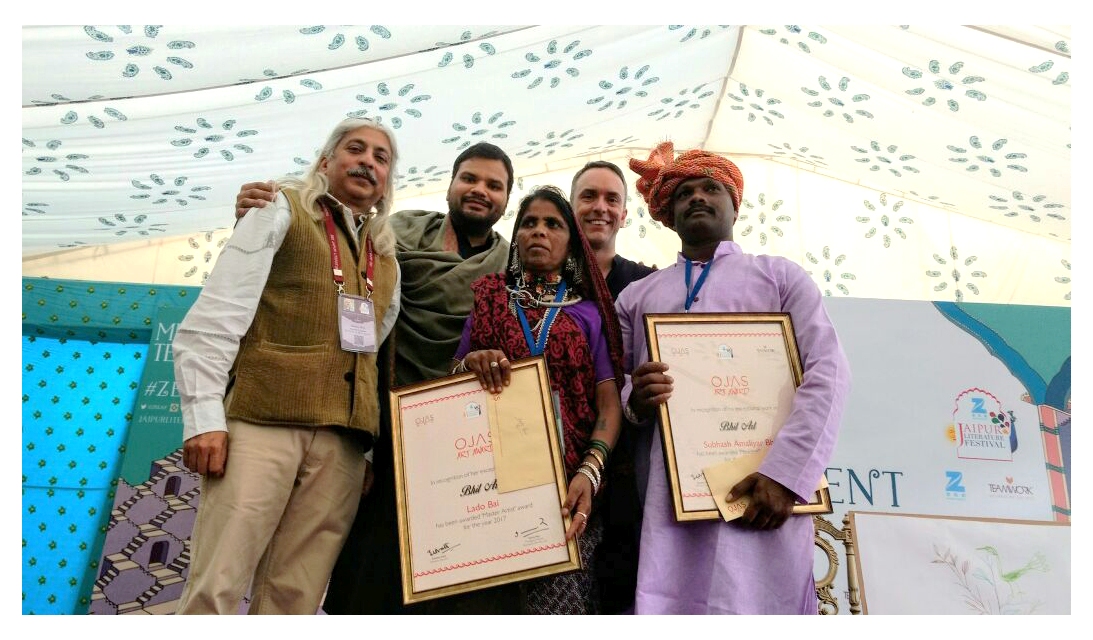
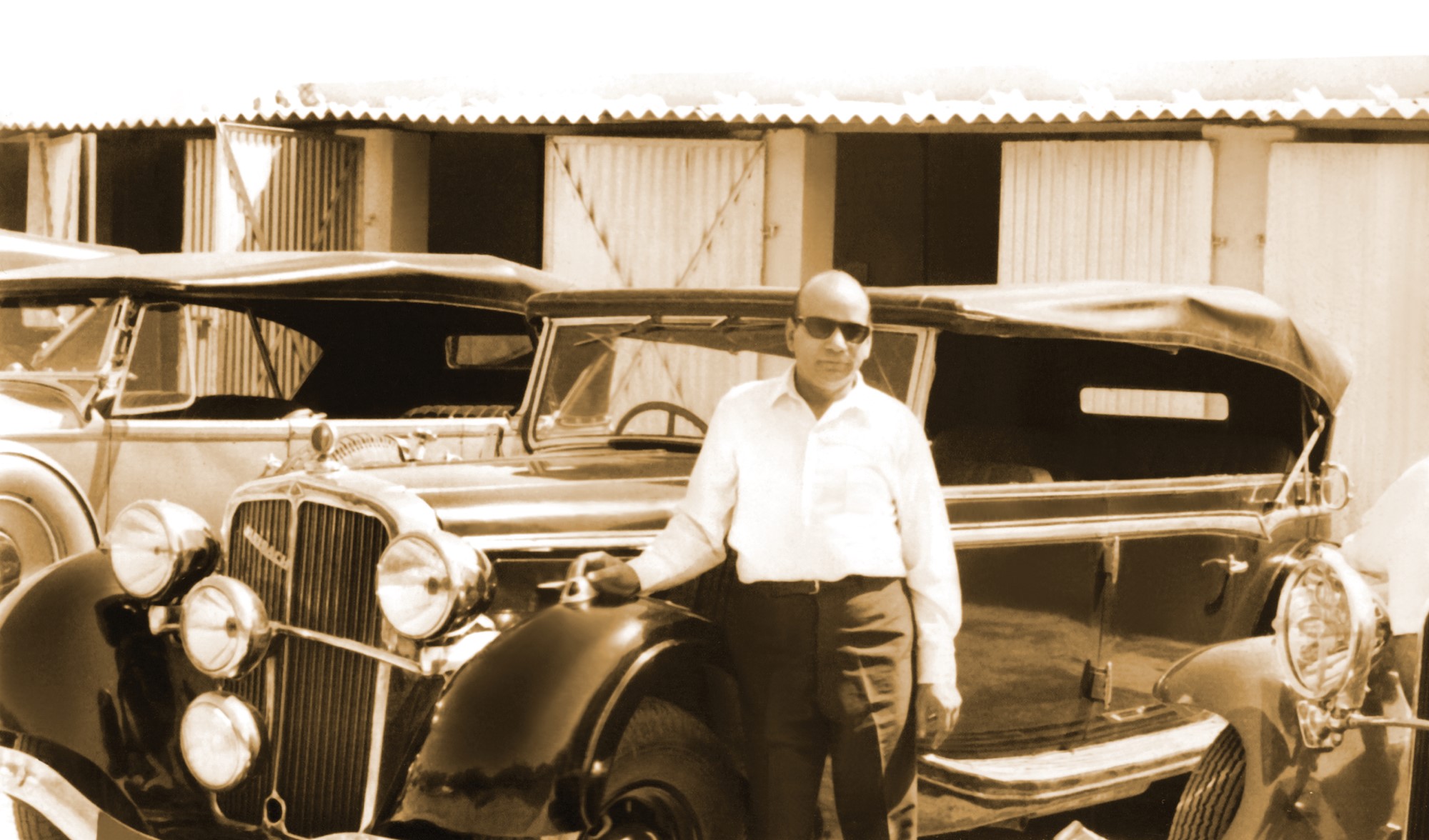
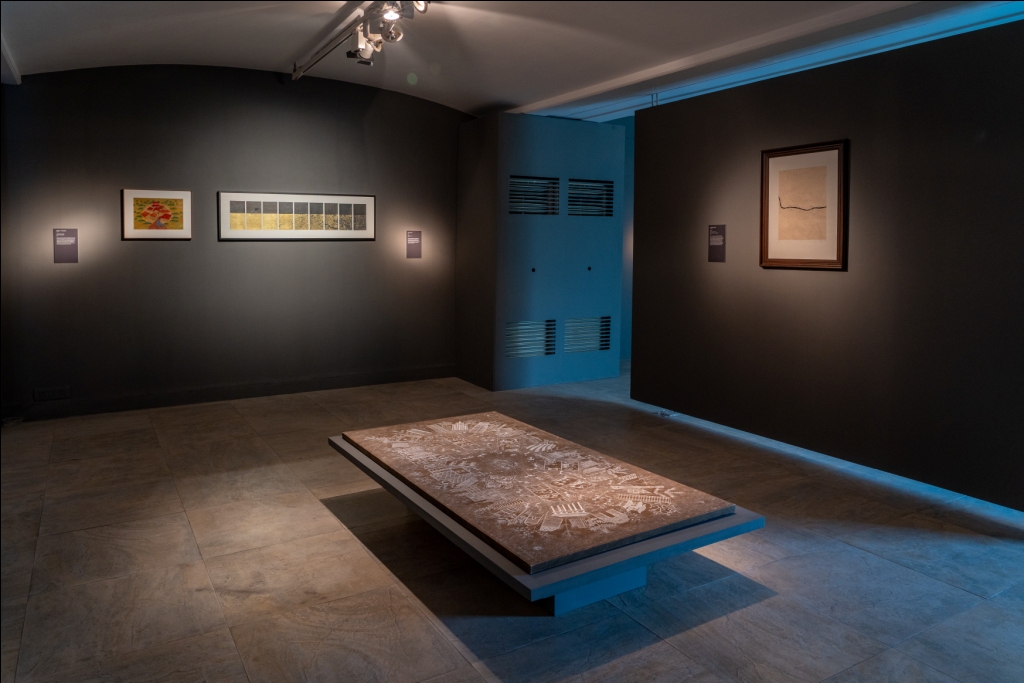
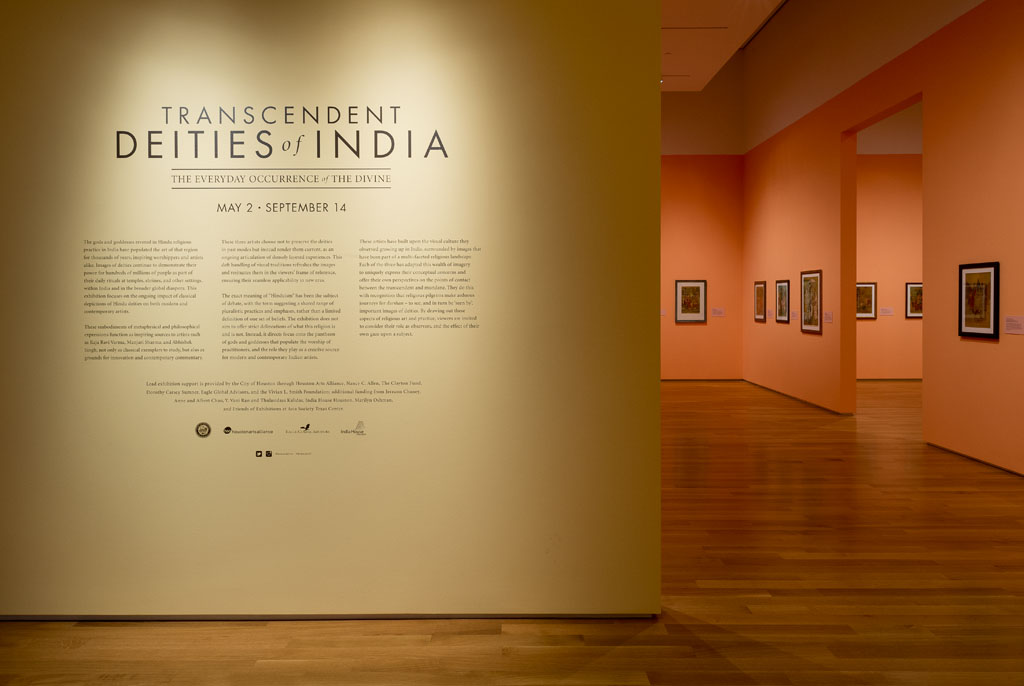
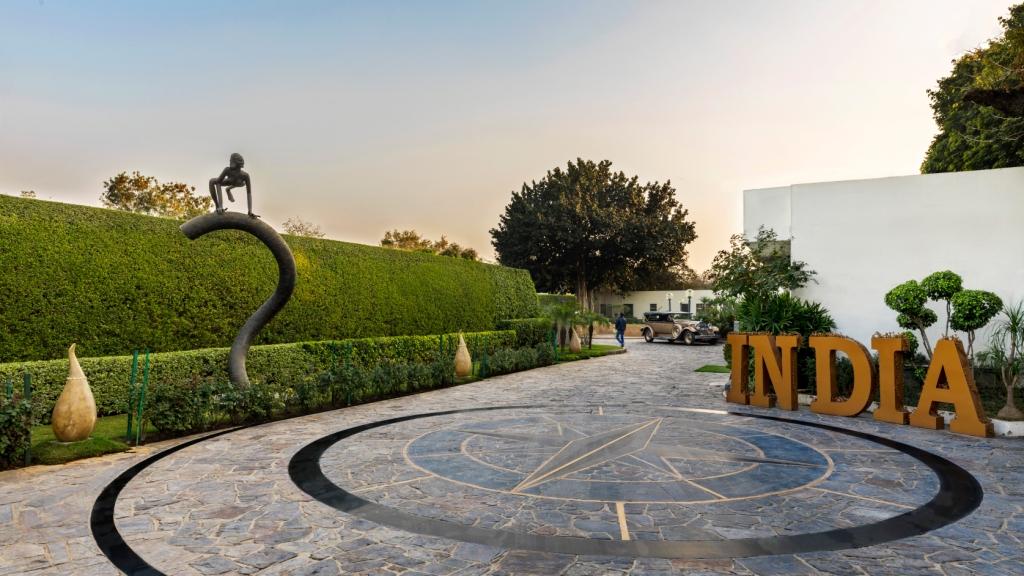
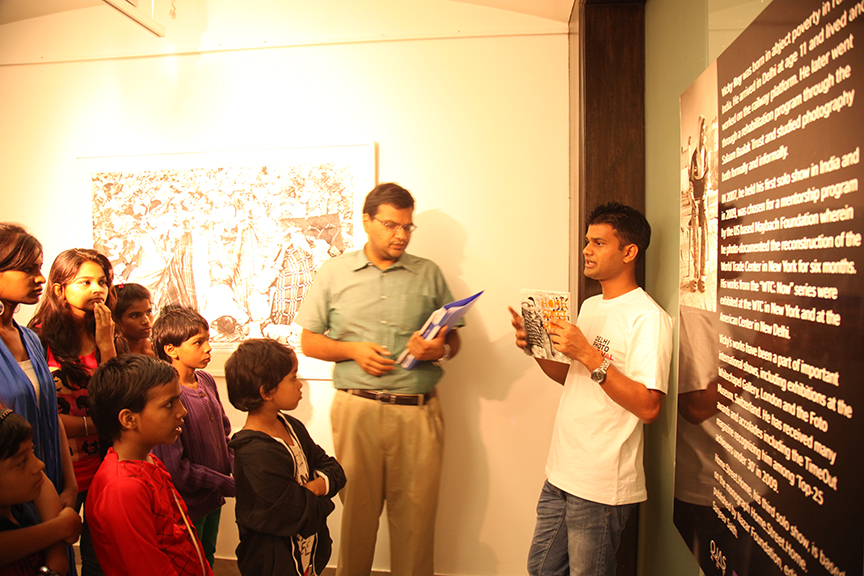
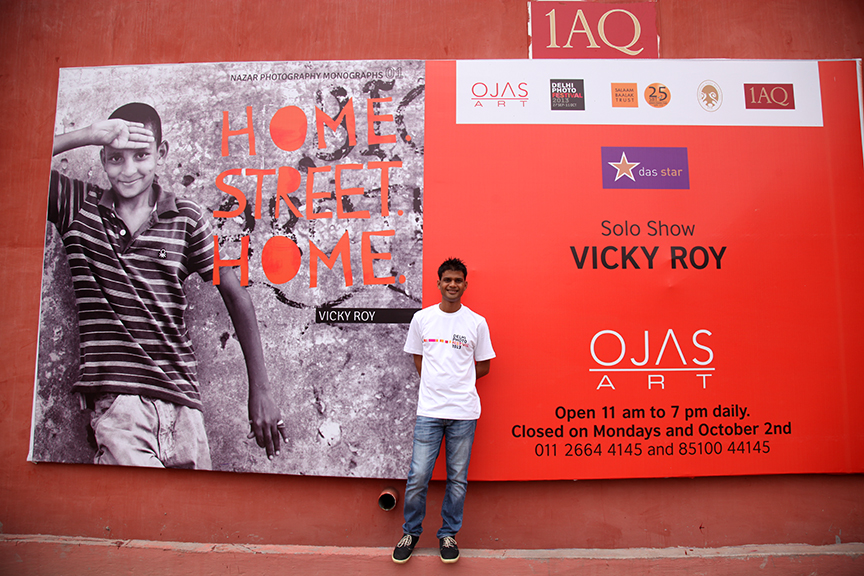
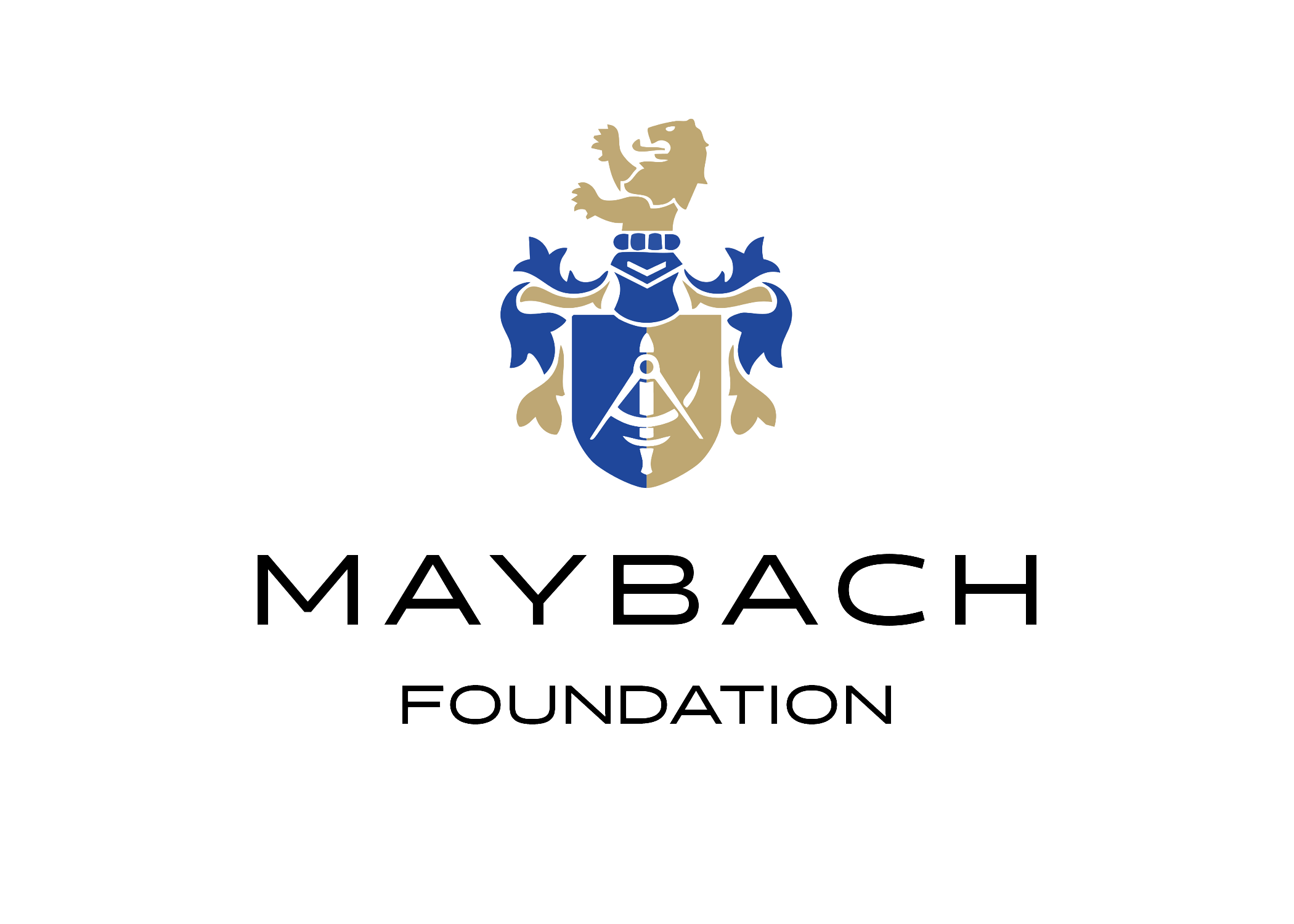

Leave a Reply